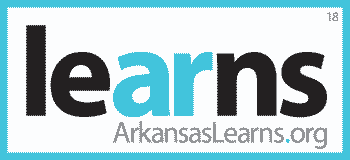This morning (August 21, 2013), Andy Davis reported in the Arkansas Democrat-Gazette that ‘Public-school teachers face insurance rise, Plan costlier by 50% OK’d.’
The same article shared that state employees’ insurance premiums would only rise by 1%.
Why the wide discrepancy in out-of-pocket employee costs for the same plan? State employees receive $148.70 (Bronze, Employee Only) to $862.54 (Gold, Employee & Family) in public subsidy, while public school employees receive just $41.78 (Bronze, Employee Only) to $377.36 (Gold, Employee & Family) in state funding.
An additional $131 (rising to $150 in January) is contributed by the respective school districts, except in Pulaski County, where state desegregation funding may be used for teacher benefits.
Subsequently, the monthly employee out-of-pocket costs per Public School Employee for the most basic plan (Bronze, Employee Only) is $10, while the State Employee’s is $0.00. Conversely, the top plan (Gold, Employee and Family) is $1,029.96 for Public School Employees, but only $419.62 for State Employees.
And that’s before the up to 50% rate increase.
As for how these rates compare to the private sector, Robert Costrell, Professor of Education Reform and Economics/Endowed Chair in Education Accountability at the University of Arkansas, has analyzed the issue from a national perspective in ‘Rising Costs of Teachers’ Health Care. Costs for teachers’ health insurance in 2012 were, on average, 26% higher than those for private sector professional employees.
Further, his pension analysis, ‘Teacher Pension Costs: High, Rising and Out of Control,’ showed that while the private sector pension costs are relatively stable at around 10.5% of salaries, school costs have climbed from 11.9% of salaries in March 2004 to 14.6% in March 2013.
When it comes to public school funding, the terms of art are “adequate and equitable.” Perhaps those words should also apply when it comes to treatment of public employee health insurance costs.
